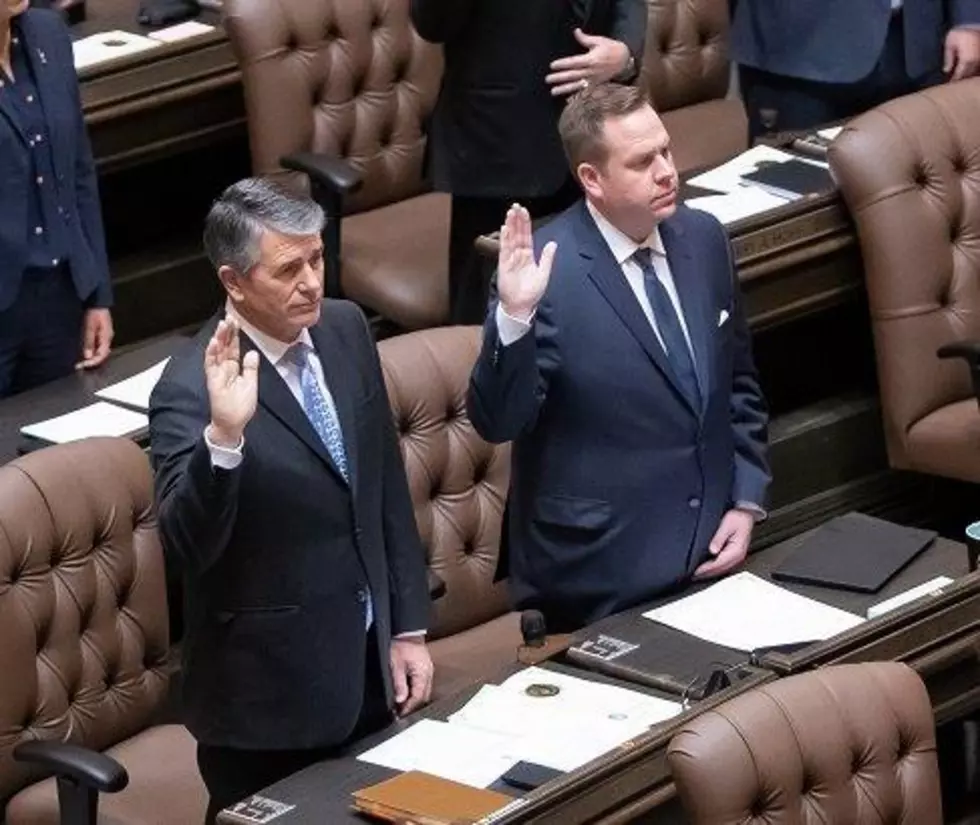
Chelan Co. Looking At Cost of Body Cameras For Sheriff’s Office
Chelan County Commissioners are in discussions on how to finance costs associated with body and dash cam videos for the Sheriff's Office.
Chelan County Sheriff Mike Morrison is looking into federal funding to equip deputies with the technology, likely through the program known as Congressionally Directed Spending.
Chelan County IT Director Fred Hart says storing the video data could be especially expensive.
"You can have an event where you have three people respond, and you can have 120 or 150 gigabytes of data, which is a tenth of a terabyte," said Hart. "So, you have ten of those, and all of a sudden, 'My god is our budget going skyrocketing.'"
Commissioners say they'll continue to look into the financing of body and dash cam videos for the Sheriff's Office. At a Monday public meeting, they agreed that storage of the video footage would present the biggest financial challenge.
Commissioner Kevin Overbay brought up the heavy expense of editing out, or redacting, sensitive video footage.
"When I look at the fact that you're going to have to have someone redact some things on some of the disclosure pieces, that's a whole full-time position right there, just on video redactions," said Overbay.
Hart mentioned the need to get quotes on the cost of video storage from security provider WatchGuard. He said the County Prosecutor's office is currently using Microsoft Azure Storage to store its data.
The overall cost of supplying body cameras for law enforcement agencies is extremely expensive as departments have to budget not only for the camera itself but also for auxiliary equipment (such as a car charger or mounting equipment), training, data storage facilities, extra staff to manage the video data, and maintenance costs.
By 2021, many police departments, particularly smaller departments with smaller budgets, had scrapped their body-worn camera programs, citing the increasing costs of the cameras, maintenance of the programs, staff, and data storage.
Conversely, a 2021 study from the University of Chicago and New York University showed that investing in police body cameras has a benefit-to-cost ratio of 5 to 1, which is the equivalent of turning "a $1 bill into a $5 bill."
More From Talk 106.7









